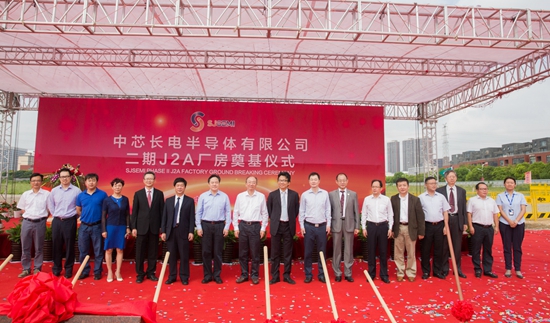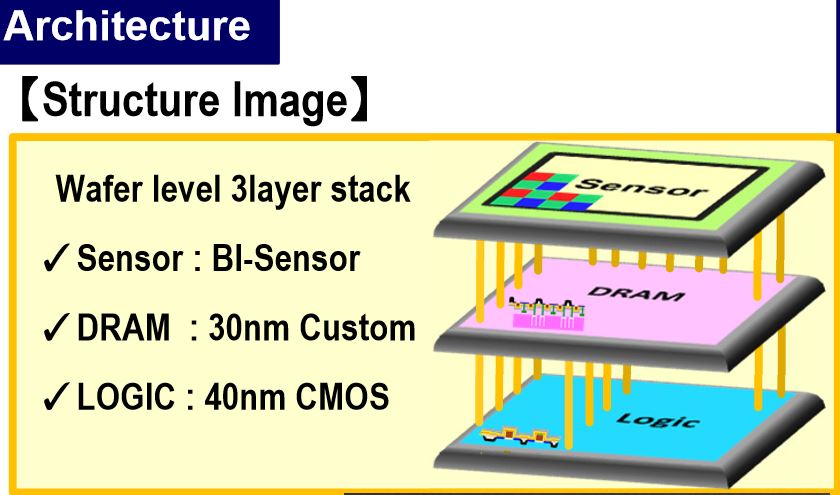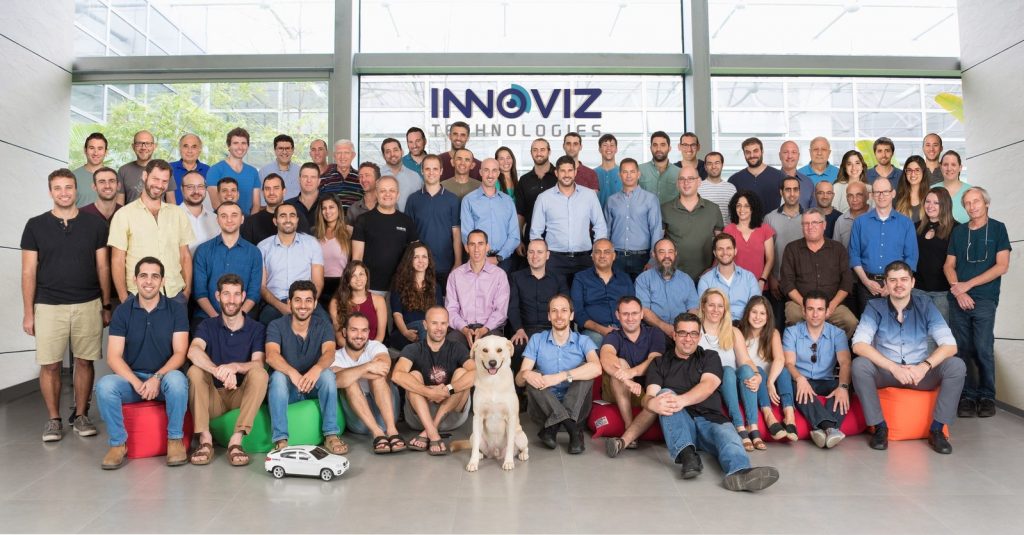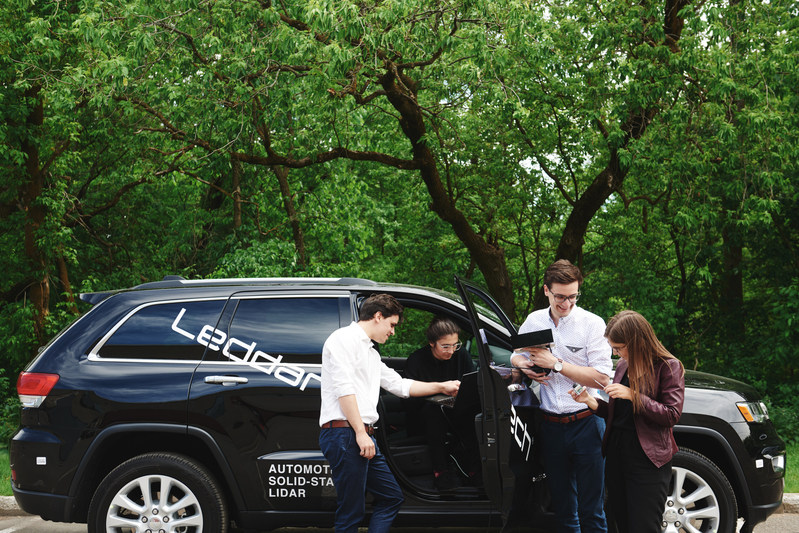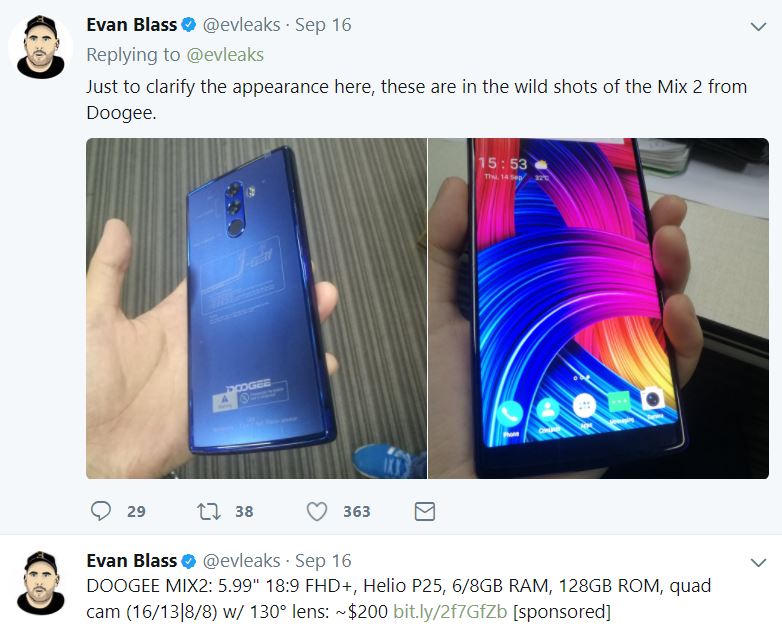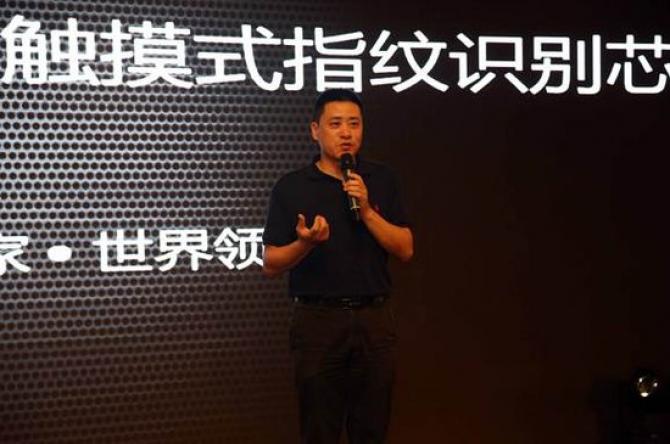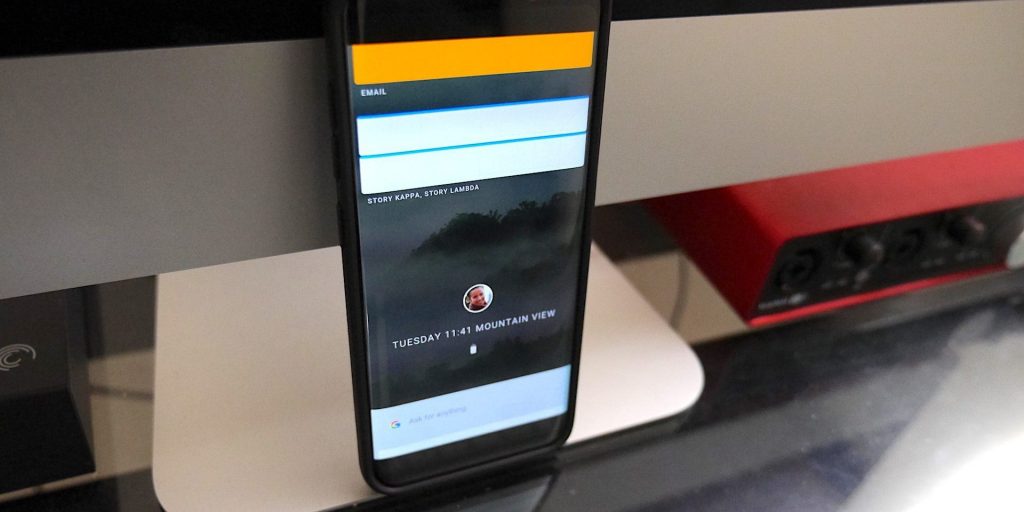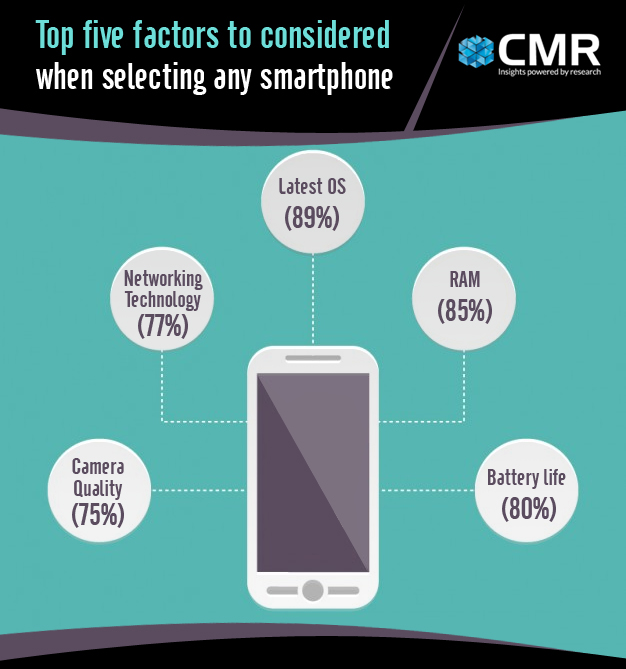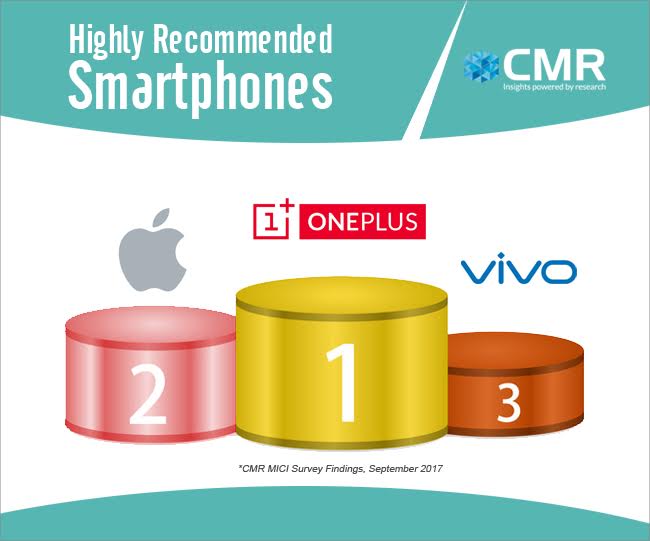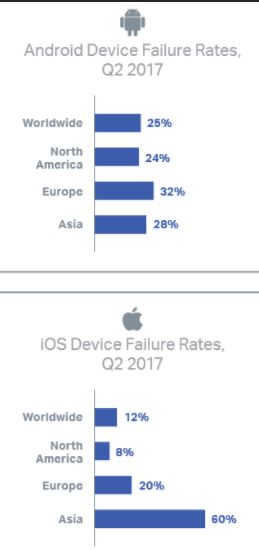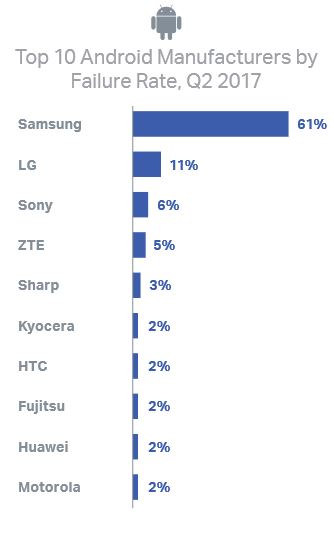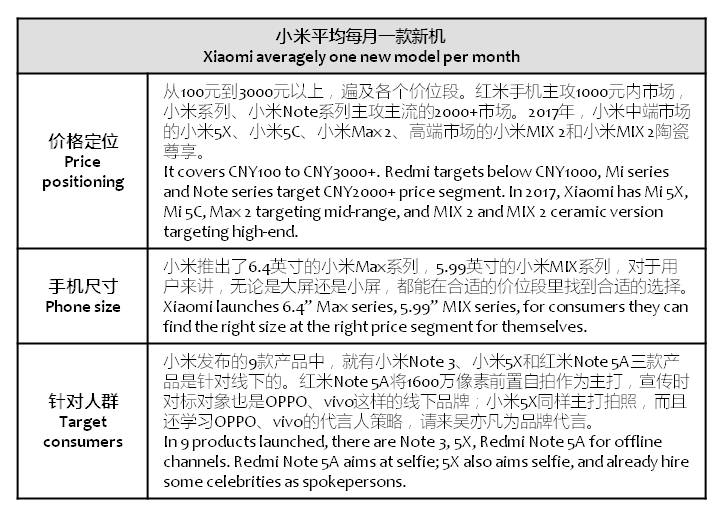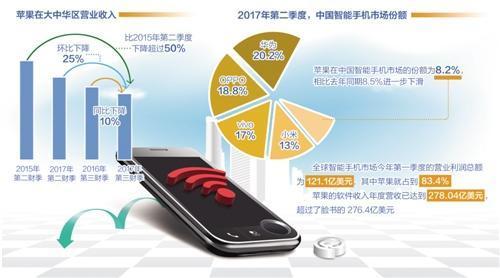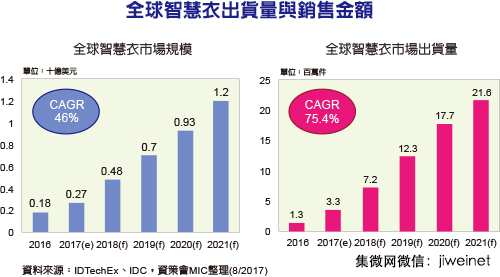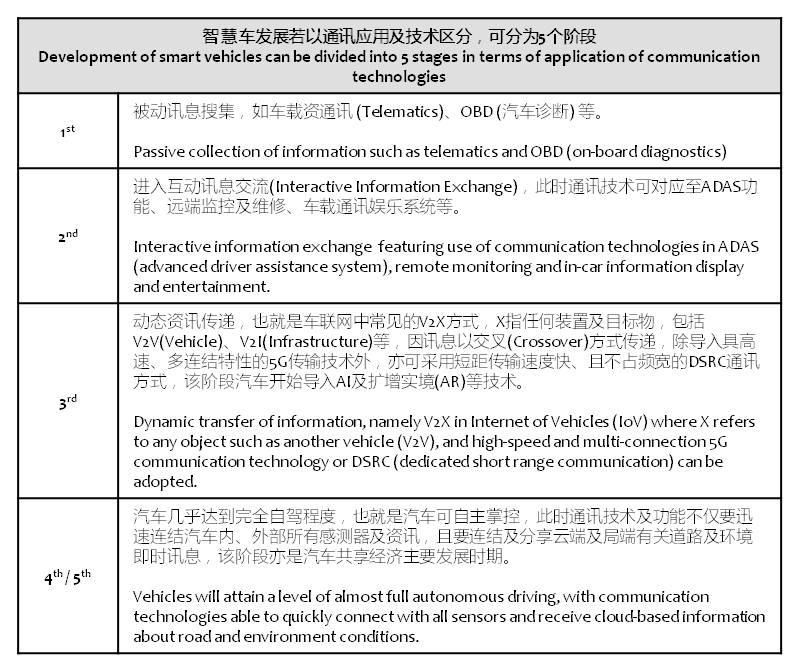
09-18: Qualcomm expects auto to be a big area of innovation over the next decade; MediaTek is expected to complete development of its 5G prototype chip by the end of 2017; etc.
Chipsets
Qualcomm CEO Steve Mollenkopf expects auto to be a big area of innovation over the next decade. The comments underscore a shift in focus for the world’s largest maker of chips for smartphones. (CN Beta, Qualcomm, CNET)
SJ Semiconductor (SJSemi) and Qualcomm have jointly announced that SJSemi has started the qualification of 10nm Ultra-high Density wafer bumping for Qualcomm. This represents SJSemi’s further improvement in processing techniques and capabilities soon after its last year’s success in 28nm and 14nm wafer bumping mass production. (PR Newswire, Apple Daily, C114, Digitimes)
Evercore ISI analyst CJ Muse estimates that Nvidia would command a market capitalization USD142.3B in next 12 months. Supported by first mover advantage, its unified graphics processing unit architecture and a system level approach, Nvidia has created an industry standard for AI systems that will be nearly impossible to replicate. (CNBC, Money DJ, TechNews, Business Insider, Fortune)
MediaTek is expected to complete development of its 5G prototype chip by the end of 2017, and is gearing up for trials of its 5G solutions in 2018, according to Digitimes. MediaTek’s 5G SoC solutions will be available in time when telecom carriers launch their 5G mobile communication services, noted TL Lee, GM of wireless communication department. (Digitimes, press, IoT World, CD News)
Camera
Samsung has developed and is going to start mass-producing super-fast image sensor that can take up to 1,000 pictures in a second. Samsung Electronics is going to start mass-producing ‘3-layered image sensor’ in Nov 2017. This image sensor is made into a layered structure by connecting a system semiconductor (logic chip) that is in charge of calculations and DRAM chip that can temporarily store data through TSV (Through Silicon Via) technology. (TechNews, ET News)
Sensory
Innoviz Technologies, a leading provider of LiDAR sensing solutions designed for the mass commercialization of autonomous vehicles, has raised USD65M in Series B funding. Strategic partners and global leaders in automated driving solutions Delphi Automotive PLC and Magna International participated in the round. Also, UK Delphi is to partner with LeddarTech, a Canadian company developing solid-state LiDAR technology to collaborate on the development of a low-cost, corner LiDAR solution. (Laoyaoba, TechCrunch, PR Newswire, ITS International, EE News Europe, PR Newswire)
Biometrics
New Doogee Mix 2 will reportedly feature 5.99” FHD+ display, MediaTek Helio P25, front dual 8MP f/2.2 aperture, 130º wide-angle view and rear dual 16MP+13MP cameras. The new device will support face recognition similar to that of Apple iPhone X. (GizChina, Android Headlines, Andorid Guys, Phone Radar, iFeng, My Drivers)
Fingerprint recognition market is being challenged by facial recognition, but fingerprint chipset vendors are expanding to other applications, including smart-card, notebook, door lock, retailers and automotives. For fingerprint chipset, smartphone market is a competitive market, thus they are expanding to other applications. (UDN, Laoyaoba)
Goodix President Zhang Fan believes that Face Detection + 3D recognition has a huge potential. Goodix is currently entering Face Detection R&D. He reveals that the company’s current tasks are 1. to speed up the in-display fingerprint technology, and 2. to increase R&D on optical face detection 3D sensor technology. (Laoyaoba, 36Kr, CECB2B)
Battery
MGX Minerals of Vancouver, British Columbia is looking to feed growing demand for lithium from an unlikely source: oil extraction wastewater. At present, the water that is produced as part of the oil extraction process is disposed. But it contains lithium carbonate, a key material for lithium-ion battery manufacturing, which MGX Minerals expects to be able to obtain commercially by the end of 2017. (TechNews, MGX Minerals, Green Tech Media)
Smartphones
Over the past year, Google has been working on a wholly new operating system named Fuchsia. Google has renamed the “Magenta” kernel to “Zircon.” One reason Fuchsia is different from Android or Chrome OS is that it is not based on Linux. Rather, the OS uses a new kernel designed to scale from Internet-of-Things devices to phones to desktop computers. This theoretically means that Fuchsia could one day be Google’s unified operating system for all its devices. (CN Beta, 9to5Google)
As per the CMR MICI Survey findings, consumers look for many different attributes in a smartphone brand before making a purchase. Among others, it includes the latest OS, RAM, battery life, networking technology and camera quality. OnePlus is ranked first with customers regarding it as the “highest recommended brand”. (Android Headlines, CMR India, press)
In 2Q17, Android devices struggled to keep pace with the performance of iPhones. In fact, Android devices had a failure rate worldwide of 25% – that is more than double the failure rate of iOS devices (12%), according to Blancco Technology Group. (Laoyaoba, BGR, Phone Arena, Value Walk, Blancco)
Xiaomi has launched 9 products, targeting different price segments, phone sizes and consumer groups, to avoid internal competition. (My Drivers, Sohu,
Sina)
Google has unveiled a new mobile payments system for its growing Indian customer base called Tez that attempts to work with the country’s growing UPI standard to reach millions of customers overnight. (Android Central, NPCI, CN Beta)
Apple’s market share is dropping in China, being overcome by Huawei, Xiaomi, vivo and other Chinese brands. At the same time, thanks to its wall garden ecosystem and software, Apple’s profit is unbeatable. In the near future, Chinese vendors need to aim at technologies, channels, and ecosystem to fight for more market share in the industry. (Laoyaoba, iResearch, Techroomage, JRJ, Sina)
Wearables
According to Market Intelligence & Consulting Institute (MIC), in 2013 sport brands and new startups are touting their smart garment products; and in 2015 tech giants and textile vendors are also launching their smart garment concept design. Now in 2017, smart garment functions and use have a more concrete standard and specification. MIC forecasts that by 2021 smart garment shipment could reach 21.6M units, with CAGR 75.4%. (Laoyaoba, CNA, UDN)
BlackBerry and Timex have announced they have entered into a patent license agreement. BlackBerry’s senior director of Intellectual Property Licensing, Jerald Gnuschke has claimed that the patent portfolio and the licensing agreement with Timex will allow them to concentrate on further opportunities in the mobile communications market. (Gizmo China, Market Wired, KK News, Sohu)
Internet of Things
A court filing in Waymo’s ongoing lawsuit against Uber has accidentally revealed that between Project Chauffeur’s inception in 2009 and the end of 2015, Google spent USD1.1B on developing its self-driving software and hardware, according to a recent deposition of Shawn Bananzadeh, a financial analyst at Waymo. (TechNews, IEEE Spectrum)
AI (artificial intelligence) application to automotive design will change the automaking ecosystem with software taking the driver’s seat from hardware, according to Taiwan Telematics Industry Association (TTIA). (Digitimes, press, Digitimes, LTN)

